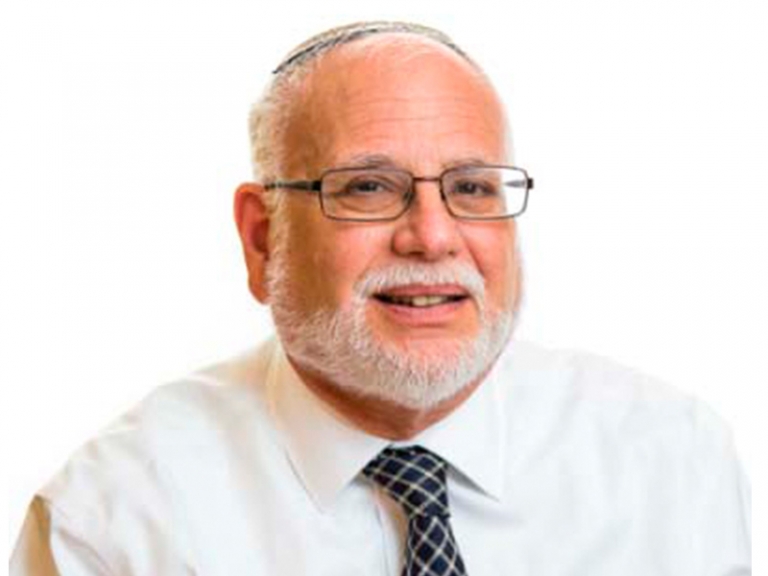D'var Torah by Dr. Kalman Stein, Interim Head of School

Dear Hebrew Academy Community:
Parashat Terumah begins with Kadosh Barukh Hu’s command: V’Asu Li Mikdash, V’Shakhanti B’Tocham—They are to make a Mikdash for me and I will dwell in their midst.” What is a Mikdash? Rashi explains: “They are to make a Beit Kedusha, a House of Holiness”. Not all that helpful. What exactly is a House of Holiness?
Perhaps the Rambam in Hilkhot Tefilin can be of assistance. In Perek 4: Halakha 14, Rambam writes that one needs to be very careful with and mindful of his Tefilin: “She’Kedushatan Gedola Mai’Kedushat HaTzitz—because the Tefilin are even holier than the Tzitz,” the gold plate worn on the forehead of the Kohen Gadol. This seems to indicate that the holiness of Tefilin is intrinsic, that because the name of God is written twenty-one times inside those black boxes, the Tefilin themselves are holy. Just a little while later, however, in Halakha 25, Rambam writes “Tefilin are very holy because as long as they are on one’s head and arm one is modest and God fearing, and rather than having inappropriate thoughts, he opens his heart to truth and righteousness.” This is a significant change in focus: The holiness of Tefilin is not merely intrinsic, it is instrumental: that is, holiness does not simply reside in the Tefilin, but rather the Tefilin radiate Kedusha, they foster the development of holiness within us.
Similarly, the Meshekh Chokhma (Meir Simcha of Dvinsk, 1843–1926) makes a daring statement in Parashat Ki Tisa (which we will read in two weeks) as he explains Moshe’s decision to throw the Lukhot, the Tablets, to the ground when he descended from Mount Sinai and saw the Jewish people dancing around the golden calf. He shattered the Lukhot, the Meshekh Chokhma writes, because although they had been written by the finger of God, their real holiness was to be instrumental, it was dependent upon their ability to create Kedusha within Am Yisrael, and the actions of the people gave proof to their failure to do so. Their intrinsic Kedusha as the products of God’s own hand was secondary to their didactic and spiritual purpose.
Judaism is not about creating holy things. The Shoresh, the root word, of Terumah, the contribution each person was to make for the construction of the Mishkan, is “רום”--to lift up. Am Yisrael has the unique ability to take physical substances, mundane material—gold, silver, wood—and to raise them to the level of Kedusha, of holiness. We can sanctify the physical by devoting it to holy purposes. But the Almighty expects more than this: He commands “V’Anshei Kodesh Tihiyun Li—You Shall be holy people to me. (Shmot 22:30)” The Rebbe of Kotzk explains: God said to the Jewish People, “I have enough Angels and Seraphim without you; I don’t need any more. I want you to be humans, to live like humans, and as humans I want you to be holy.” How is this accomplished? By sanctifying ourselves and the material world, by informing our possessions and our own strengths and talents with spirituality and utilizing them to create holiness.
Dr. Kalman Stein
Interim Head of School

